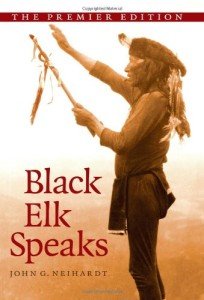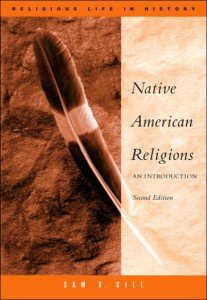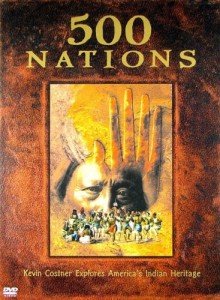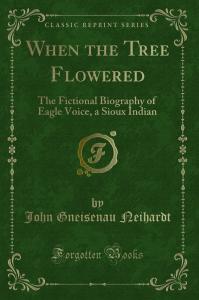Book Review
Lakota Woman by Mary Crow Dog and Richard Erdoes is a seminal work that not only chronicles the life of a remarkable woman but also serves as a poignant narrative of the American Indian Movement (AIM) and the broader struggle for Indigenous rights in the United States. This autobiography transcends the personal to touch upon themes of cultural survival, systemic oppression, and the resilience of the human spirit, making it a compelling read for a broad audience.
Mary Crow Dog's life is a testament to the enduring strength of the Lakota people. Born into a society grappling with the legacy of colonization, her early years on the Rosebud Indian Reservation are marked by hardship and struggle. The vivid portrayal of her childhood provides a stark backdrop against which her later activism and personal growth are cast. Her unflinching honesty in recounting these experiences, from dealing with racism at school to confronting the realities of poverty and substance abuse within her community, lays bare the challenges faced by many Native Americans.
The narrative gains momentum as Mary becomes involved with AIM. This pivotal moment signifies a turning point in her personal life and a key chapter in the history of Indigenous activism. Her detailed account of the 1973 Wounded Knee occupation, a watershed event for AIM and the Native American rights movement, is both harrowing and inspiring. Through her eyes, readers are given a front-row seat to the courage and determination of the activists as they stand against federal forces, demanding recognition and respect for their treaties and sovereignty. Mary's stake in this fight is underscored by her pregnancy and the birth of her son during the siege, a powerful symbol of hope and continuity amid conflict.
However, Lakota Woman is not merely a chronicle of political activism but also a spiritual and cultural reawakening journey. Mary's embrace of her Lakota heritage, through participation in traditional ceremonies and the rediscovery of ancestral wisdom, is a moving testament to the importance of identity and belonging. This aspect of the book is particularly resonant, offering insight into how Indigenous peoples have sought to heal and reclaim their cultures in the face of ongoing assimilation pressures.
The collaboration between Mary Crow Dog and Richard Erdoes enriches the narrative, blending her authentic voice with his skillful storytelling. Erdoes' sensitivity to Mary's perspective and his commitment to letting her story shine through make Lakota Woman a model of respectful cross-cultural collaboration. Their partnership brings Mary's experiences to life and highlights the potential for solidarity and mutual understanding across different backgrounds.
Importantly, the book does not romanticize the AIM movement or gloss over its complexities. Mary's reflections on her challenges, including sexism within the movement and the personal toll of her activism, add depth to her narrative. These candid observations invite readers to consider the multifaceted nature of social and political movements, recognizing the human elements that strengthen and test them.
In exploring these themes, Lakota Woman is a crucial contribution to the literature on American history, Indigenous studies, and social justice. Beyond its historical significance, the book is a profound meditation on resilience, empowerment, and the struggle for self-determination. Mary Crow Dog's journey from adversity to activism, framed within the larger story of the Lakota people's fight for their rights, offers a powerful example of how individual lives can intersect with and illuminate broader social movements.
In conclusion, Lakota Woman is more than an autobiography; it is a call to awareness and action, a reminder of the ongoing struggles faced by Indigenous peoples, and a celebration of the indomitable spirit that animates their resistance. As rendered in this book, Mary Crow Dog's life story is an invaluable resource for anyone seeking to understand the complexities of American history, the dynamics of social movements, and the enduring power of personal and collective agency.






